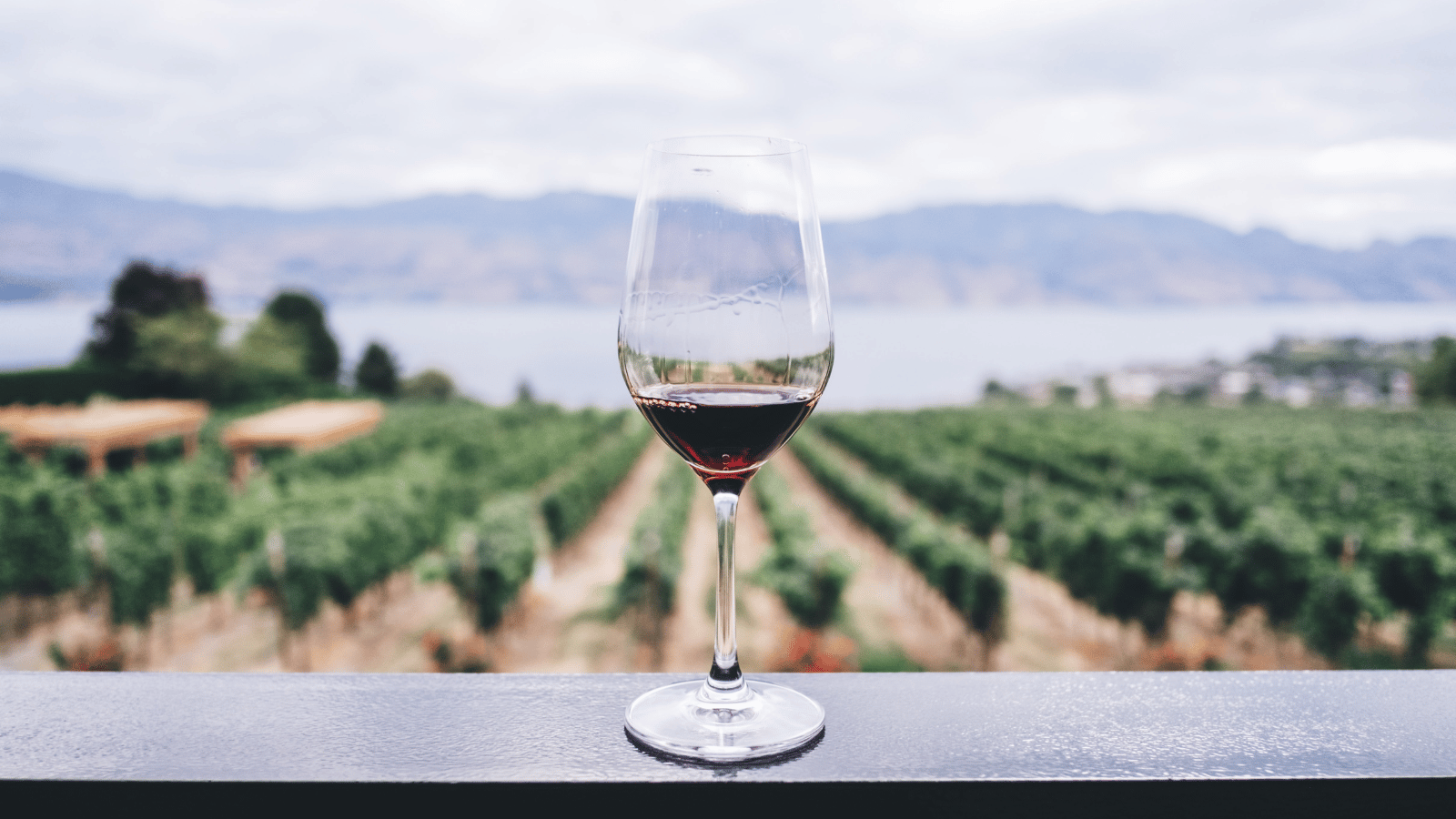Best Regions for Growing Wine
If you are a wine lover, traveler, or food blogger, then you have to know all about wines: the process of their production, the source of their production, and where is the best place for growing wine so you get the best quality of wines. In this article, we are going to cover all the above-mentioned questions. So read on to find out the answer to these questions.
Last year a report mentioned that the global production of wine was at an all-time high and there’s never been a better time to be a wine lover. A survey done by the International Organization of Vine and Wine found that a total of 292.3 million hectolitres were produced in the last year alone which is equal to 39 billion bottles.
Best Regions for Growing Wine
Let’s start with the top five best wine regions in the world below that are definitely worth a visit.
- Texas – Texas in the United States has 3,500 acres of vineyards. It has 350 bonded wineries. as per the report of the Texas Wine and Grape Growers Association. Apart from them, Texas Hill Country has over 250 wineries that are spread throughout the region, which are going to be the second-largest AVA in the United States. Since many individuals are not aware of the region, most producers only sell their wines within Texas.
- Colchagua Valley – The Colchagua Valley located within the South-central reaches of the Rapel Valley is one of the best wine-producing regions in South America. It is located approximately 130 kilometers from the Chilean capital of Santiago. Chile is rapidly becoming one of the best value wine-producing countries in the world.
- Bordeaux, France – Bordeaux is a name that has become world-famous for its quality and history in the wine world. There is no doubt that it is one of the most famous, if not the most famous wine-producing regions on the globe. Today, it has also become a major tourist destination thanks to the reputation Vintners have earned here. Recently a wine amusement park was erected to celebrate the wines of the region which offers an additional incentive for the travelers to come and visit.
- Marlborough – This region in New Zealand has emerged as one of the world’s premier New World wine-producing areas in the world, especially when it comes to Sauvignon Blanc production. If you are a person who likes medium-bodied white wines with refreshing acidity, complex mineral tones, fresh citrus, and tree fruit notes with slight hints of vegetable flavors, Marlborough is the best place for you.
- Lavaux, Switzerland – It’s not the case every day that you hear about a wine region that is so beautiful that it has been given a UNESCO World Heritage designation. This region is spread over 800 hectares. A majority of vines are planted along the Northern banks of Lake Geneva on steep terraces for over 30 kilometres. Lavaux is a sub-appellation within the larger area of Vaud.
Wine-Growing Regions
Food and Agriculture Organization (FAO), an agency of the United Nations, has published a list of the top wine-producing countries and their volume of wine production for the year 2014. This data shows that the five largest producers of wine in the world were, Italy, Spain, France, the United States, and China. Their data show a total worldwide production of 31 million tonnes of wine with the top 15 producing countries accounting for over 90% of the total production. Not all regions are flourishing the same as others. The vineyards present in the Arequipa region valleys, Huaral District, and Cañete Province, all situated in Lima Region, have disappeared due to urban expansion. Corsica’s wine regions are – Cap Corse, Patrimonio, Calvi, Ajaccio, Sartène, Figari, Porto-Vecchio, and Greater Vin de Corse region.
In the UK, the area under vines is not very large. Viticulture is not a major part of the rural economy. Although, a significant planting of new vines occurred in the early 21st century. The greatest concentration of vineyards is found in the countries southeast of England – in the counties of Hampshire, Kent, Surrey, and Sussex.
Coming to the USA, there are 420,000 hectares of land available for wine production in different Wine Regions and AVAs (American Viticultural Areas). Today wine is produced in all 50 states and the vines are planted in more than 30 states of the United States. Like the wine regions of Oregon with famous American Viticultural Areas such as Willamette Valley, Southern Oregon, Umpqua Valley, Rogue Valley, and part of Columbia Valley.
Where To Grow Wine
One of the most important factors in any vineyard development project is research and resources. If you do not have this knowledge, it would be difficult for you to develop a vineyard. The most important resource in the field of grape production is the other grape growers. Try to find people and farmers in your area who are growing decent grapes. Then bring them some good wine and ask some questions if they are willing to answer. The questions like
- When and what did they plant?
- Are the vines on their own roots or special rootstock?
- What resources, favorite books, local growers or nurseries, and the county agriculture department do they use?
- How much and when do they water?
- When and what do they apply to the grapes to control mildew, rot, or insects?
- Make sure that is there a local university or community college, like UC Davis in California or Cornell in New York, which offers courses on vine growth?
- How Will Your Vineyard Grow?
A variety of factors are included in the production of grapes – such as geographic location, soil type, and personal taste preference. These factors will dictate the grape varieties you plant and the issues you are likely to encounter during the growing season. Before going on your grape-growing journey, it is most important to know that the grape plant can take three or four years to produce fruit. Just because you have a successful grape harvest doesn’t mean the wine you make with them will be, too.
First, select a suitable planting site. Grapevines grow best when planted in deep, well-drained sandy loam soils. The east-to-south exposure is a must for the production. Planting a vineyard on hillside land that has a slight to moderate slope is preferred because it helps accelerate the drainage of water and protects against frosts. Cultivating the soil, incorporating organic matter, and removing any weeds are unavoidable things that you have to do. The vines must be planted a minimum of eight feet apart both within and between rows and most importantly make sure you have a plot large enough to accommodate the number you want to plant. Choose wine grape varieties according to your climate. There are many different kinds of grapes so choose precisely.
Final Thoughts
The best regions to grow wine are areas with the ideal climate for producing grapes suitable for turning into this delicious dinner pairing! Once you determine what kind of wine you want to produce, you can then decide where you want to grow. Understanding where and how wine is made is something that can also help you expand your taste pallet and try new wines from all over!




